When dealing with underground utility repairs like water lines or telecom cables, filling trenches properly is crucial for long-term stability. Improper backfilling can actually harm the utilities that were just repaired, leading to the need for additional repairs – and increased costs in the long term.
At Ace Paving, we understand the importance of teaming up with contractors who appreciate good backfilling. Let’s dive into why proper backfilling matters, the types of materials used, and the best practices for successful backfilling processes.
Backfilling for Quality Results
One of the most critical points we cannot stress enough is the importance of not using the excavated material for backfilling, especially if it’s unsuitable, wet, or contaminated. Low-quality materials can compromise the structural integrity of the repaired area and the asphalt surface that goes on top.
Instead, we strongly advise contractors to leave the excavated materials in a designated pile onsite for proper disposal or recycling. For backfilling, bringing in suitable, quality material that provides a stable foundation is essential. This approach ensures the durability and longevity of the repair, preventing future issues and additional costs.
Why is Backfilling Important?
Proper backfilling after an underground repair is crucial to keep the area structurally sound and stable in the long run. Here’s why this step is so important:
- Structural Support: Backfilling gives essential structural support to the repaired area, making sure it can handle outside pressures and stay stable.
- Prevention of Settling: Effective backfilling helps stop settling, shifting, or eroding under paved surfaces. This can protect new roads, curbs, and sidewalks from potential damage due to settling.
- Longevity of Asphalt: Making sure the backfilling is done right boosts the longevity of the asphalt paving after the repair, giving you a strong and dependable surface.
- Protection of Utilities: Proper backfilling saves repaired underground utilities from damage, cutting down on future problems and costs.
Types of Materials Used for Backfilling
Different materials can be used for backfilling, depending on the type of repair and the soil conditions. Many backfill projects use a combination of these materials:
Stabilizing Material: This can consist of sand, crushed stone, gravel, or other materials that provide stability and strength to the repaired area. This is often used in areas with high water tables or poor drainage, as it allows for better drainage and stability.
Coarse-Grained Soil: A mix of gravel, sandy soil, and the right amount fine-grained soil can provide excellent stability and drainage for backfilling, and won’t expand or contract too much. This is a common choice for areas with good soil conditions and is easy to pack down.
Concrete: In some cases, concrete may be used for backfilling to ensure maximum support and stability, especially for larger repairs.
Commercial By-Products: Recycled materials such as fly ash, slag, and bottom ash can also be used for backfilling, but the suitability of these materials depends on their composition and the specific.
Excavated Material: Using excavated material comes with some serious risks. It may contain debris, organic matter, or other contaminants that compromise the fill’s stability and integrity. Plus, the soil’s composition might have changed during excavation, making it less suitable for providing the necessary support. This inconsistency could cause uneven settling, leading to cracks or damage to the surface and utilities below. For these reasons, selecting a backfill material specifically suited to the task is crucial for ensuring the repair’s longevity and stability. repair site.
It’s important to keep in mind that the cheapest option isn’t always the best option when it comes to backfilling. Picking the correct material based on repair needs and soil conditions is vital for long-lasting stability and cost efficiency. The right backfill for the job will depend on factors such as soil type, water drainage, and the size of the repair. It’s always best to consult with a professional before deciding on the backfill material for your project.
Connect with Ace Paving for Expert Advice
At Ace Paving, we’re dedicated to giving each project the attention to detail it deserves. We’re here to team up with contractors for lasting results. Need help with backfilling? Our experts bring over 25 years of experience and can help guide selecting the right materials and practices for successful backfilling.
Let Ace Paving partner with you to make sure the backfilling process is done right, laying the groundwork for top-notch asphalt paving and the long-term integrity of the area. Contact us today for more information and to schedule a consultation.
